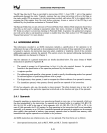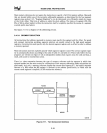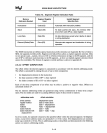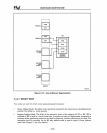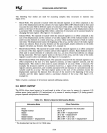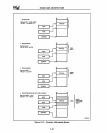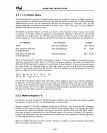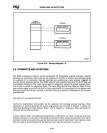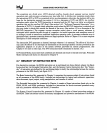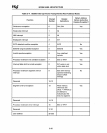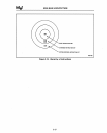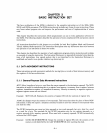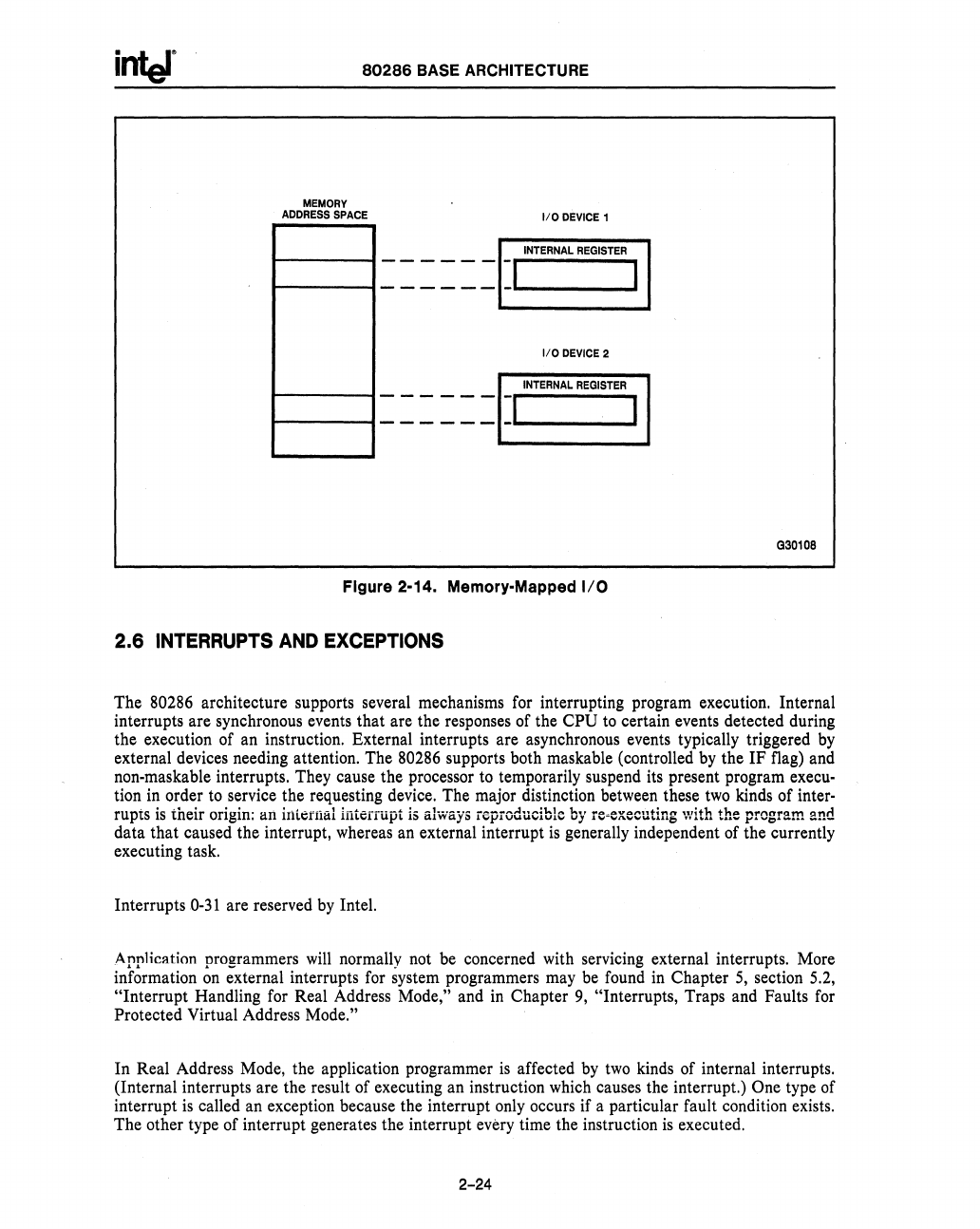
80286
BASE
ARCHITECTURE
MEMORY
ADDRESS
SPACE
110
DEVICE
1
INTERNAL
REGISTER
1-------11--
= = = = =
~
....
I
___
.....
110
DEVICE
2
INTERNAL
REGISTER
1-------1
= = = = = =
~
....
I
___
.....
Figure 2-14. Memory-Mapped
1/0
2.6
INTERRUPTS
AND
EXCEPTIONS
G30108
The 80286 architecture supports several mechanisms for interrupting program execution. Internal
interrupts are synchronous events that are the responses of the
CPU
to
certain events detected during
the execution of an instruction. External interrupts are asynchronous events typically triggered
by
external devices needing attention. The 80286 supports both maskable (controlled
by
the IF flag) and
non-maskable interrupts. They cause the processor to temporarily suspend its present program
execu-
tion
in
order
to
service the requesting device. The major distinction between these
two
kinds of inter-
rupts
is
their
origin;
art
internal
interrupt
is
always
repioducible
by
re-executing
\vith
the
program
and
data that caused the interrupt, whereas
an
external interrupt
is
generally independent of the currently
executing task.
Interrupts
0-31
are reserved
by
Intel.
Application programmers
will
normally not be concerned with servicing external interrupts. More
information
on
external interrupts for system programmers may be found in Chapter
5,
section 5.2,
"Interrupt Handling for Real Address Mode," and
in
Chapter
9,
"Interrupts, Traps and Faults
for
Protected Virtual Address Mode."
In Real Address Mode, the application programmer
is
affected by
two
kinds of internal interrupts.
(Internal interrupts are the result of executing an instruction which causes the interrupt.)
One type of
interrupt
is
called an exception because the interrupt only occurs if a particular fault condition exists.
The other type of interrupt generates the interrupt
every time the instruction
is
executed.
2-24



